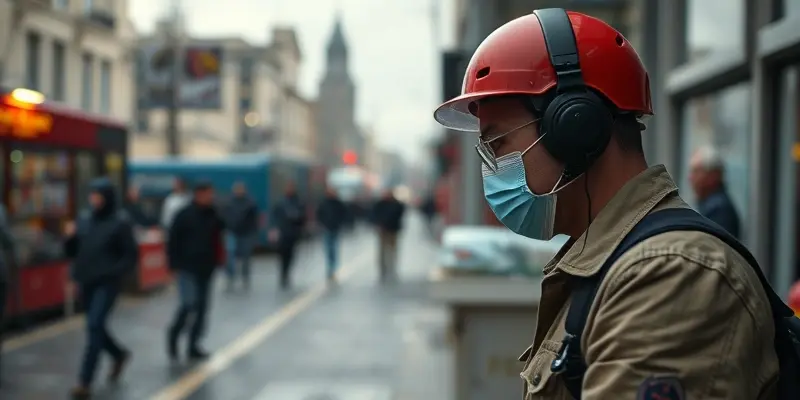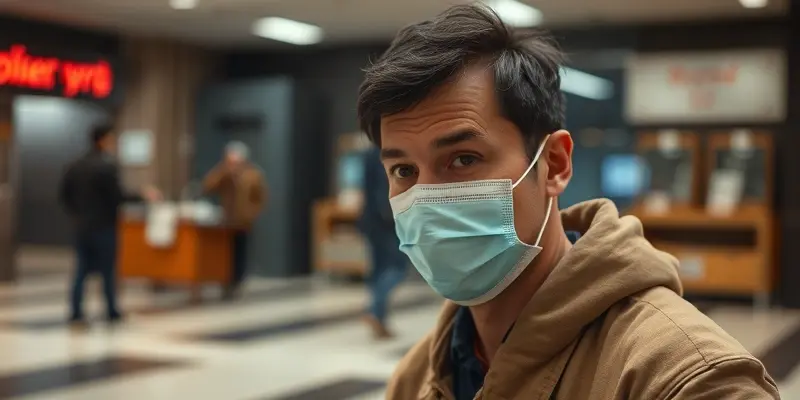The Power of Support: Why Every Injured Athlete Needs a Recovery Community
Injury isn’t just a physical setback—it can feel like your world’s been turned upside down. Whether you’re a weekend warrior, a seasoned pro, or new to training, facing weeks (or months) off your favorite sport is tough. But recovery doesn’t have to be a lonely journey. Support groups and recovery communities can be a game-changer, offering practical help, expert advice, and the kind of motivation that gets you back on your feet—stronger than ever.
Let’s explore why these groups matter, the best resources available, strategies for a holistic recovery, and how you can join the movement.
Why Support Groups Matter in Injury Recovery
When you’re sidelined, it’s normal to feel isolated or even question your identity as an athlete. Injuries don’t just bruise your body—they can zap your confidence and leave you feeling lost.
Imagine this: You’re scrolling through social feeds filled with teammates smashing their goals. Meanwhile, you’re icing your knee and avoiding group texts. It hurts, both physically and emotionally.
Support groups close that gap. They offer:
- Emotional Validation: Fellow injured athletes get it. You’ll share, vent, and laugh with those who truly understand.
- Expert Insight: Worrying about the “right” recovery steps? Community leaders and guest professionals provide trustworthy answers.
- Motivation & Accountability: When your drive dips, others will remind you that setbacks are temporary—and comebacks are possible.
As one community member shares, “Finding people who’d walked this road before made all the difference for my mindset and rehab.”
Top Resources & Groups Every Injured Athlete Should Know
There’s no one-size-fits-all solution, but several standout programs and groups offer unique blends of science, support, and camaraderie.
The Injured Athletes Club
- What it is: A thriving online group (mainly via Facebook) open to athletes at every stage—from the first ice pack to race day return.
- Unique features: Weekly podcasts, recovery stories, expert Q&As, and self-guided resources like the book Rebound: Train Your Mind to Bounce Back Stronger from Sports Injuries.
- Experience insight: Members praise the “real talk” and practical recovery tips shared by people who truly understand the ups and downs.
Resilient Athlete Program (University of Illinois Chicago)
- What it is: Free, research-based online (or in-person) support for athletes of all ages.
- What’s unique: One-on-one consulting tailored to your stage—mental skills training, stress management, even identity support during big transitions.
- Day-in-the-life: You might practice visualization techniques or learn to reframe negative thoughts in a session with a sport psychologist. This is a great complement to techniques described in our post on visualization for healing.
Specialty Groups (e.g., ACL Recovery)
- Who they’re for: Athletes facing specific injuries (like ACL tears) or complex surgeries.
- What you’ll get: Therapist-facilitated groups focusing on emotional recovery, somatic skills, mindfulness, and building trust in your body’s healing.
Local and In-Person Options
- Many performance centers and sports therapy clinics run periodic in-person or virtual groups—perfect if you crave that local, face-to-face support.
Recovery Strategies Shared by the Best Support Groups
You’ll get much more than empathy—these communities are packed with practical, proven recovery tools.
Injury Prevention and Smart Training
- Warmup routines: Members swap dynamic warmup drills to prep muscles and prevent setbacks.
- Mobility work: Regular stretching and foam rolling keep tissue healthy and aid healing.
Nutrition That Heals
- Anti-inflammatory diets: Sample grocery lists focus on leafy greens, berries, lean protein, and healthy fats.
- Micro-nutrients: Advice on getting enough zinc, vitamin C, and collagen for tissue repair.
Must-Have Tools & Gadgets
- Foam rollers and massage guns: Popular for reducing soreness and improving mobility.
- Wearables: Track sleep, steps, and recovery trends to spot overtraining risks early.
Mindset, Motivation & Psychological Tactics
- Goal setting: Break the recovery process into milestones—celebrate small wins!
- Visualization and self-talk: Use mental imagery of successful movements and positive affirmations to rebuild trust in your body.
- Shared quotes: “Every setback is a setup for a greater comeback” is a community favorite.
Getting Started: How to Join and What to Expect
Ready to plug into this supportive world? Here’s how:
- Join online: Search for groups like The Injured Athletes Club on Facebook, or therapist-facilitated groups via Psychology Today.
- Check universities/hospitals: Programs like UIC’s Resilient Athlete are often free and tailored for all levels.
- Ask local clinics: Many physical therapy or performance centers offer support groups (virtual or in-person).
Remember: It’s totally normal to feel nervous about sharing. These communities are built on trust, confidentiality, and mutual encouragement. Over time, you may end up providing the very support you once needed.
In Closing: Recover Stronger, Together
Injury might sideline your body, but you’re never truly benched when you have a supportive community. Stay connected, reach out, and let others lift you when you’re down. Your comeback story starts with a single step—and a network that has your back.
Stay strong, stay supported—and remember, every great athlete is also a resilient one.
—
Written by the GymPulse Club Team—champions of science-backed, people-first fitness guidance. Curious about joining our recovery community or have a story to share? Reach out—we’re here for you!

